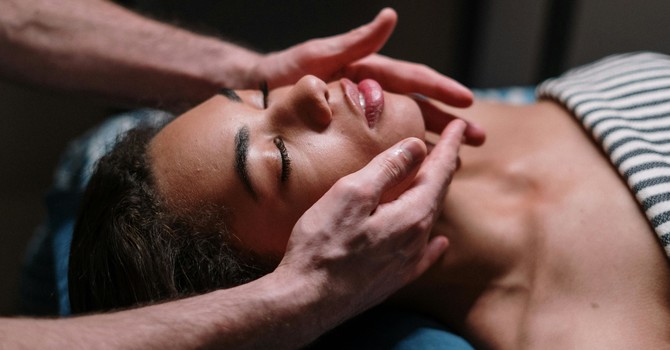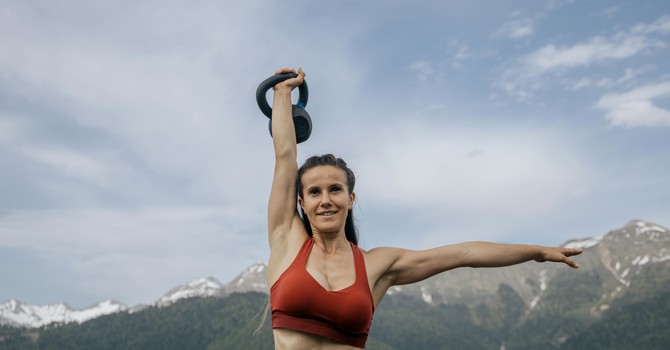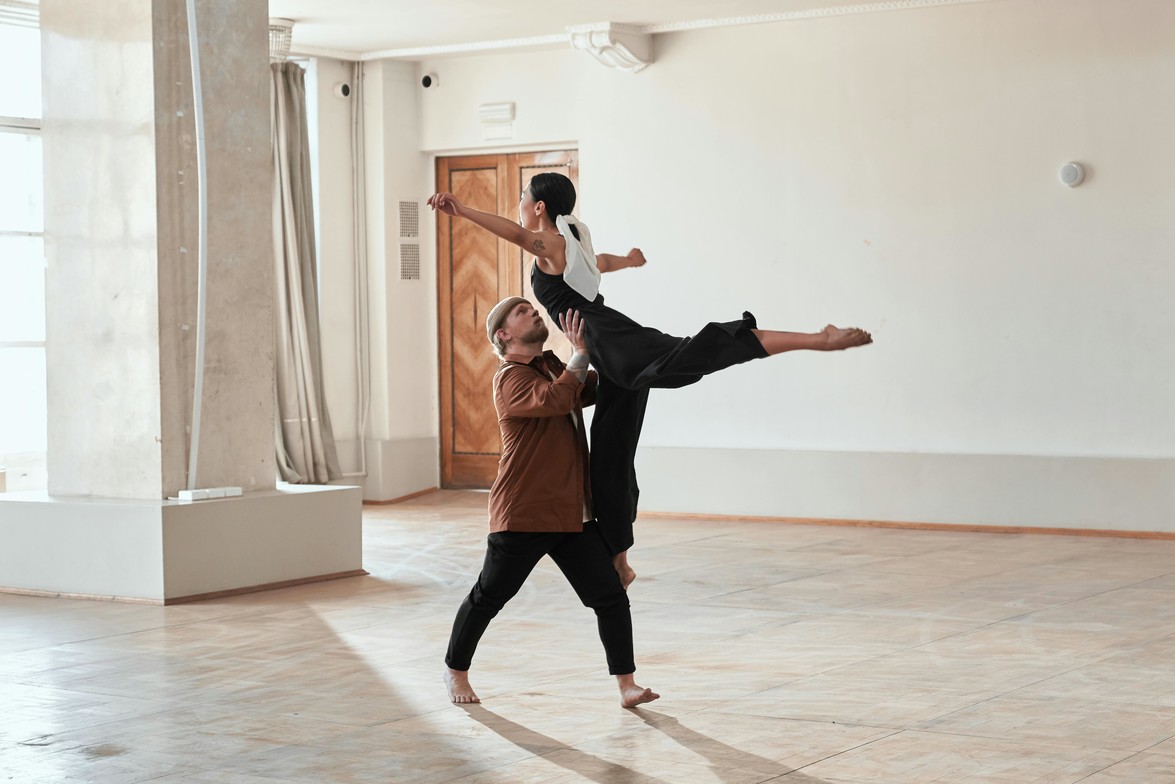
When I was younger, my grandma used to sing this catchy folk song that went “The old gray mare, she ain’t what she used to be.” And the older I get, the more I relate to this song! As we age or engage in repetitive movements, our joints naturally experience wear and tear. Over time, this can lead to discomfort, pain, and conditions like arthritis. My sweet grandma, however, stayed active well into her 90s with low-impact exercises. These types of movements are essential for protecting and maintaining the health of our joints, allowing us to stay active without causing undue stress or strain. Incorporating these exercises (at ANY age) into your routine can reduce the risk of further damage, improve joint function, and maintain long-term mobility. 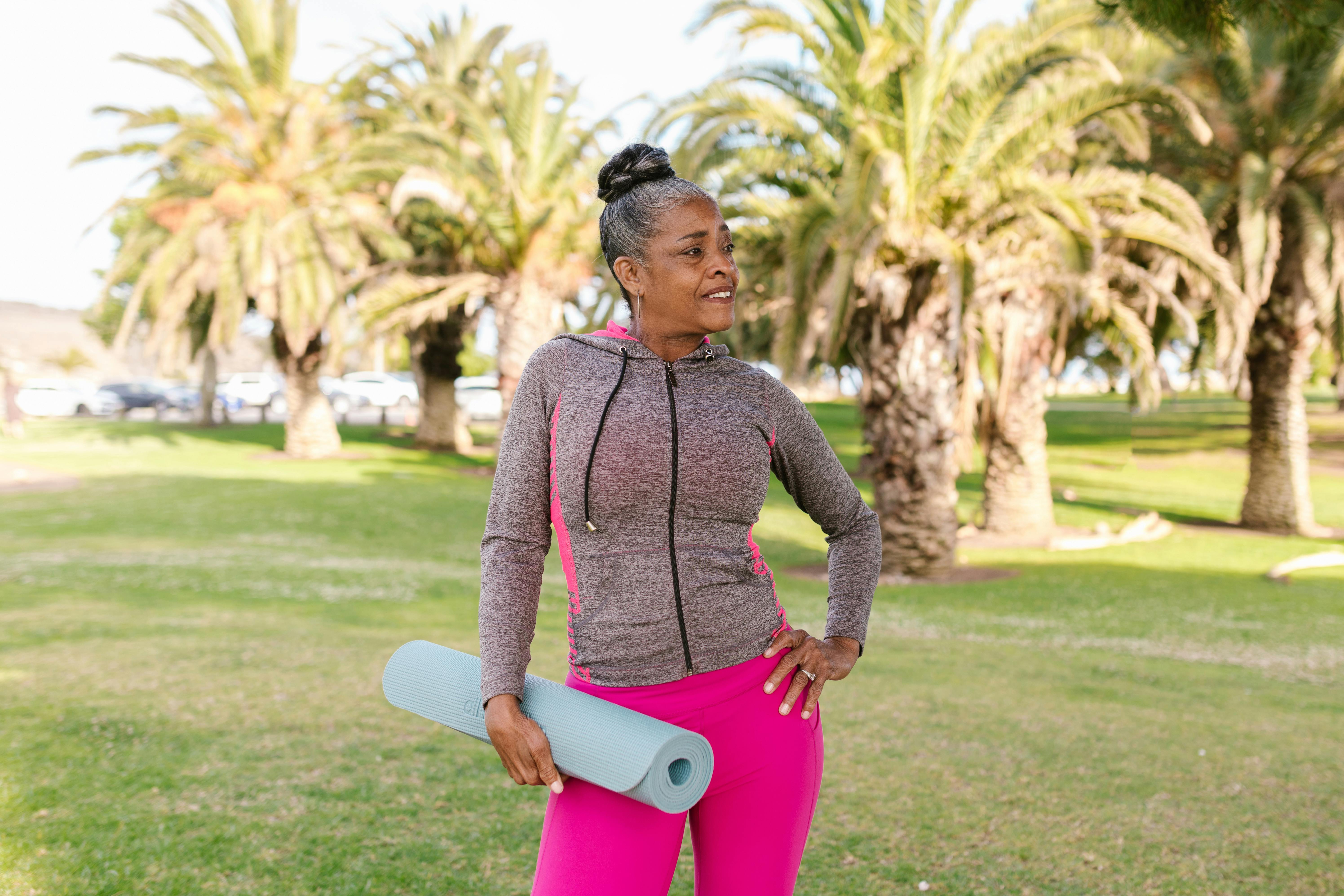
One of the most significant benefits of low-impact exercises is the reduction of stress placed on weight-bearing joints, such as the knees, hips, and spine. High-impact activities like running or HIIT classes can involve repetitive jarring motions, which can aggravate existing joint conditions. Low-impact exercises, however, involve smoother movements and less forceful impact, allowing us to continue exercising without worsening joint pain or contributing to conditions caused by repetitive stress. Many health professionals also incorporate low-impact exercises into injury recovery programs.
In addition to reducing injury risk and improving injury recover, low-impact exercises improve joint flexibility and mobility. Incorporating gentle exercises can improve circulation, reduce swelling, and increase the production of synovial fluid, which lubricates joints, all of which contribute to better joint function and comfort. Thus, many people like to incorporate low-impact exercise into their active recovery plan with other types of workout programs.
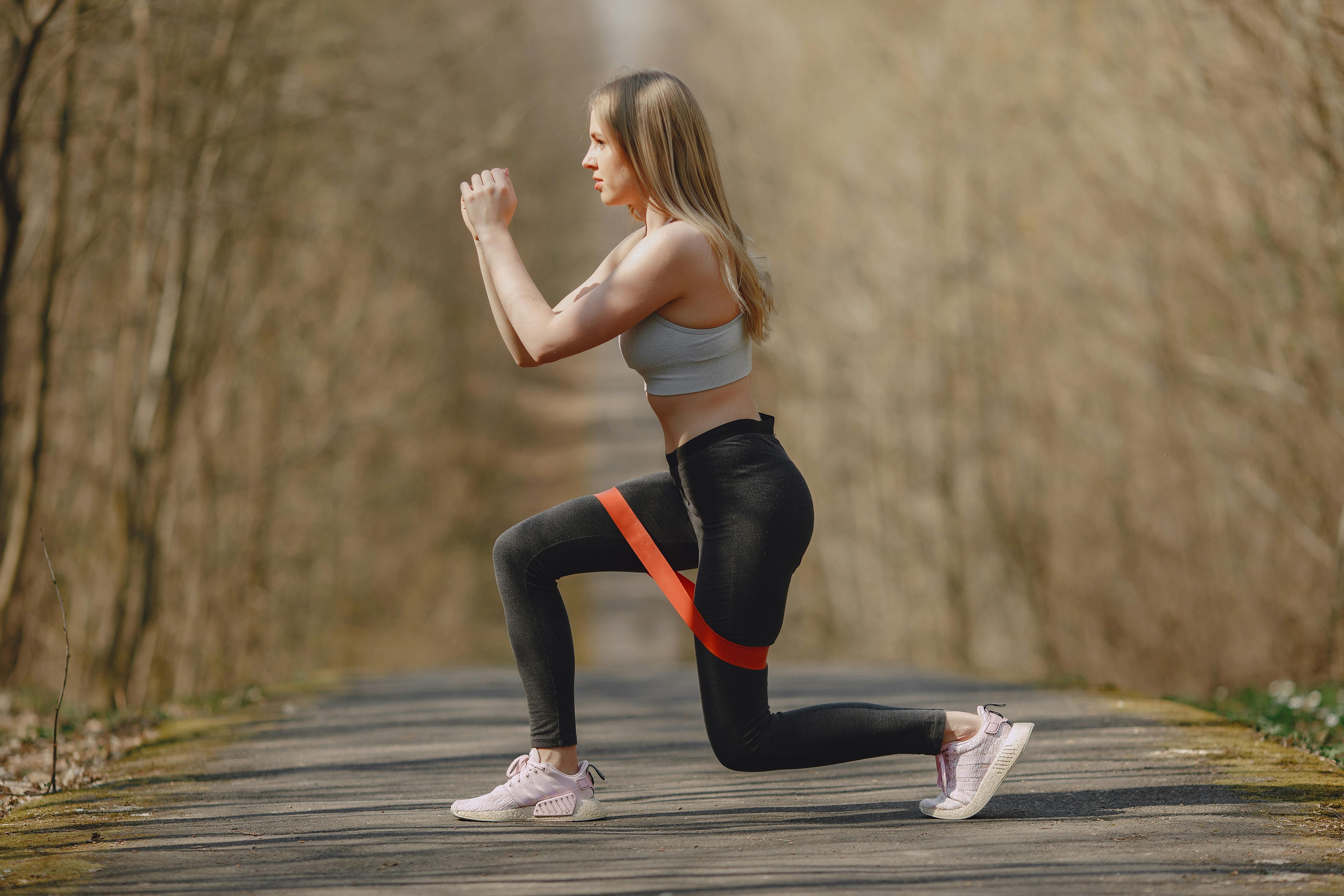
There are many ways to stay active with low-impact exercises, but our favorites are light strength training, yoga, pilates, and our active recovery stretch class!
1. Strength Training for Joint Health
When you think of strength training, do you think of heavily muscled men and women lifting enormous weights? Are you overwhelmed by the variety of machines at the gym? Wait, did you know that strength training can also involve bodyweight exercises or light resistance bands? Yes, you CAN build muscle without heavy weights!
Why is that important? Strength training builds muscle around the joints, which is vital to their support and stability. Muscles also act as shock absorbers, reducing the stress placed on the joints. This can minimize injury risk, improve joint mobility, and decrease recovery time after injury. For those with joint pain, arthritis, or other health conditions, resistance strength training is a valuable addition to any routine.
How to Incorporate Strength Training:
Bodyweight Exercises: Start with squats, wall push-ups, and glute bridges. These simple movements are effective and can be modified to suit your fitness level.
Resistance Bands: These provide resistance without stressing the joints. Try exercises like bicep curls, rows or lateral leg raises.
Aim for two to three strength-training sessions per week, focusing on different muscle groups each session for proper recovery.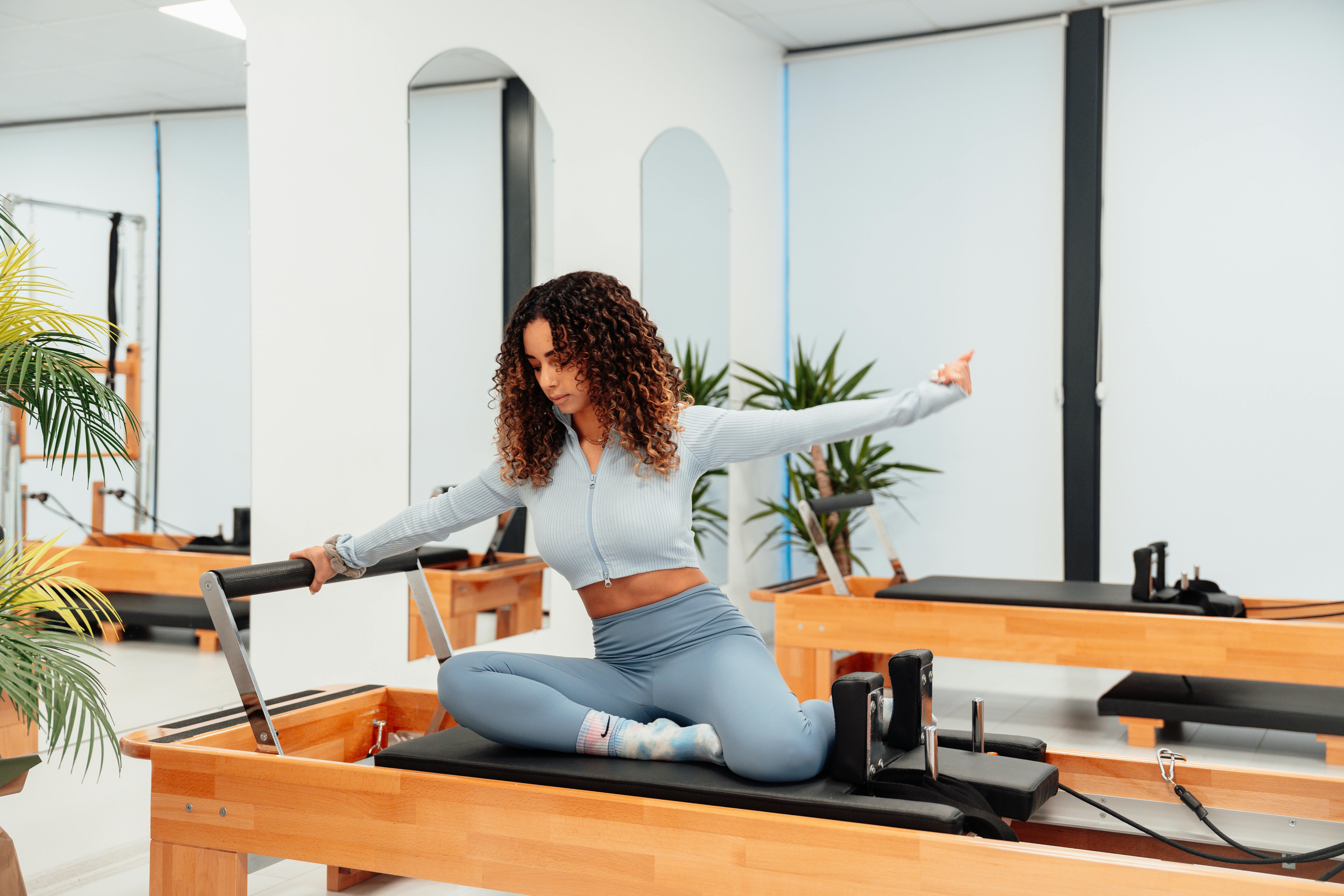
2. Pilates for Joint Health and Mobility
Pilates is a low-impact exercise system that improves flexibility, strength, and body awareness. It focuses on core strength, controlled movements, and proper posture. Pilates enhances joint health through exercises that promote stability without straining the body.
Pilates is particularly beneficial for joint health due to its emphasis on core strength. A strong core provides stability to the spine, hips, and knees, reducing strain on these areas. Pilates also improves flexibility and range of motion, which are key for maintaining joint mobility. The controlled movements, slow pace, and focus on breathing help reduce strain and improve posture, further preventing joint discomfort.
How to Incorporate Pilates:
Mat Pilates: Practice at home or in a class. Start with beginner exercises to improve flexibility and core strength.
Reformer Pilates: Use Pilates equipment for added resistance to enhance strength and mobility while remaining gentle on the joints.
Focus on Breathing: Pilates emphasizes deep breathing, helping to relax muscles and improve movement.
Start with beginner classes or online tutorials to ensure safe and effective practice.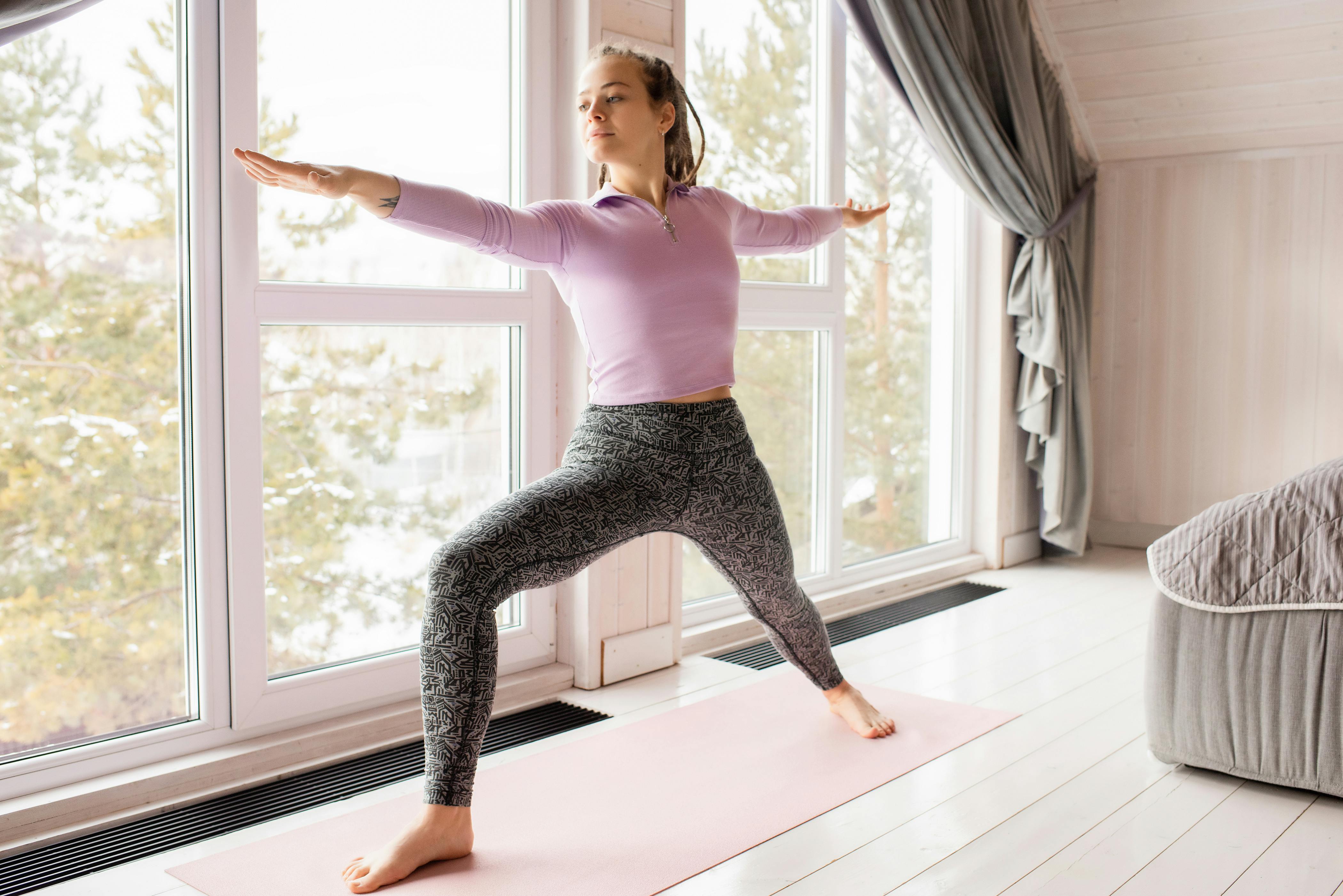
3. Yoga for Joint Health and Mobility
Yoga is another excellent low-impact exercise for joint health! It combines gentle stretching with mindfulness, offering both physical and mental benefits. Yoga helps alleviate stress, which can lead to muscle tension and worsen joint pain, while also enhancing body awareness. This mindfulness allows for more controlled movement, reducing the risk of overexertion.
Yoga’s wide range of poses targets specific areas of the body, like the hips, knees, shoulders, and spine, to increase flexibility and relieve tension. Holding positions for several breaths promotes better flexibility, while the fluid motions of yoga help distribute synovial fluid to lubricate the joints and prevent stiffness. Proper alignment, another key aspect of yoga, improves posture and reduces strain on the joints during daily activities.
How to Incorporate Yoga:
Start with Gentle Yoga: If new to yoga or dealing with joint pain, begin with classes or tutorials focused on flexibility and mobility.
Use Props: Yoga blocks, straps, and cushions can modify poses, making them more accessible and supportive for the joints.
Focus on Breath: Deep breathing is central to yoga. It helps relax the body and release tension in the joints.
Consider restorative or beginner-level classes that are gentle on the body but still offer joint mobility benefits.
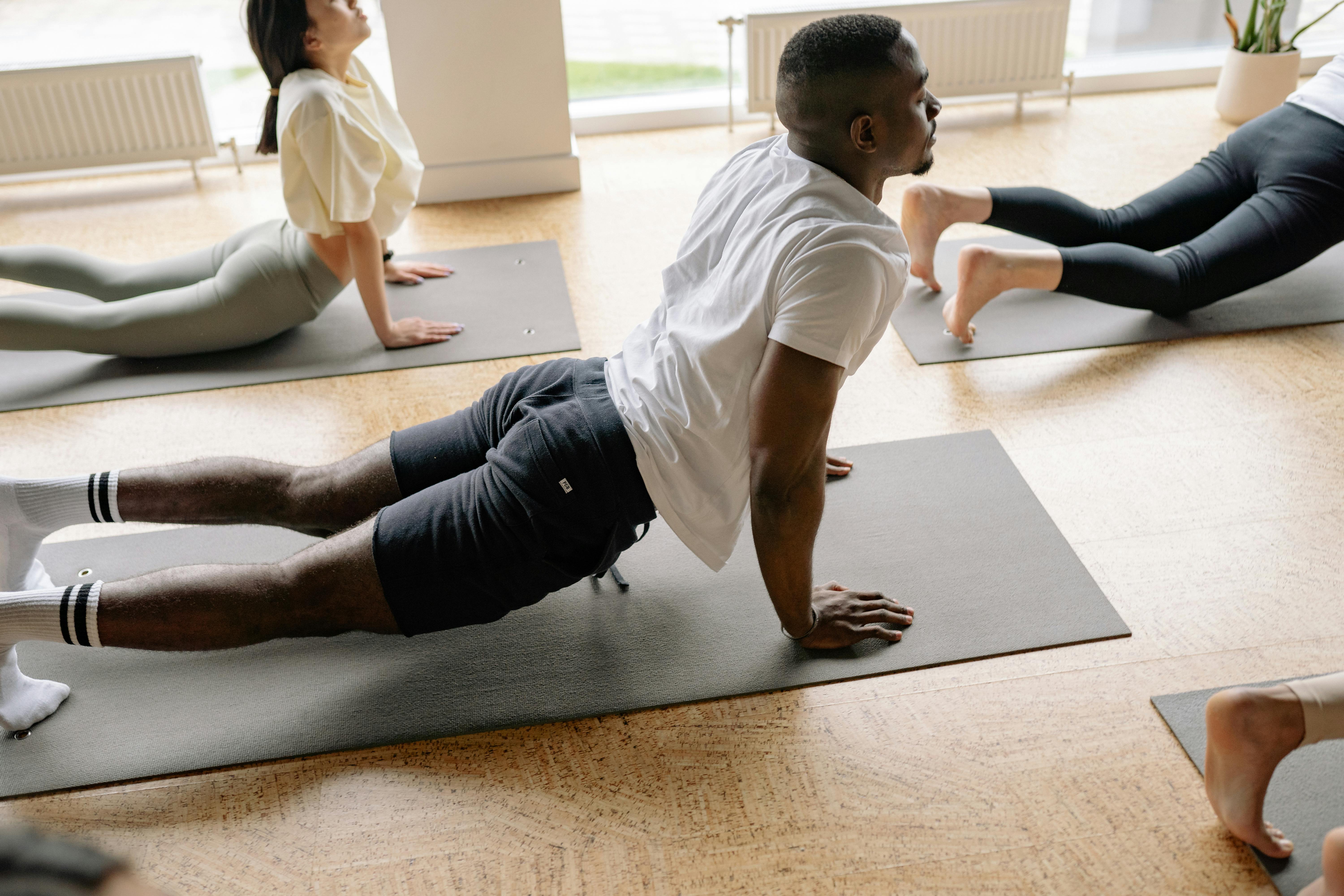
4. Active Recovery Stretch for Joint Health and Mobility.
This Champion Wellness exclusive incorporates proprioceptive neuromuscular facilitation (PNF) which is a type of stretch that involves activation of the muscle. PNF stretches have been shown to increase range of motion and improve athletic performance, especially when added post-workout. Many health professionals also use PNF to help patients regain range of motion after injury or surgery.
This class uses combination moves that stretch commonly tight areas while simultaneously strengthening smaller stabilizing muscles (similar to what you might see in a yoga class).
Strength training, Pilates, yoga and PNF are among the best low-impact exercises to improve joint health and mobility. Each offers unique benefits, such as building strength, enhancing flexibility, and increasing joint stability, all without causing strain. By regularly practicing these exercises, you can reduce the risk of injury, alleviate joint pain, and promote long-term joint health.
Whether you’re recovering from an injury, managing a chronic condition, or simply seeking to maintain joint health as you age, these exercises can be tailored to your needs and fitness level. Consistency is key—find the exercises that resonate with you and commit to regular practice for optimal joint health. Your joints will thank you!
Dr. Heather Champion
Contact Me